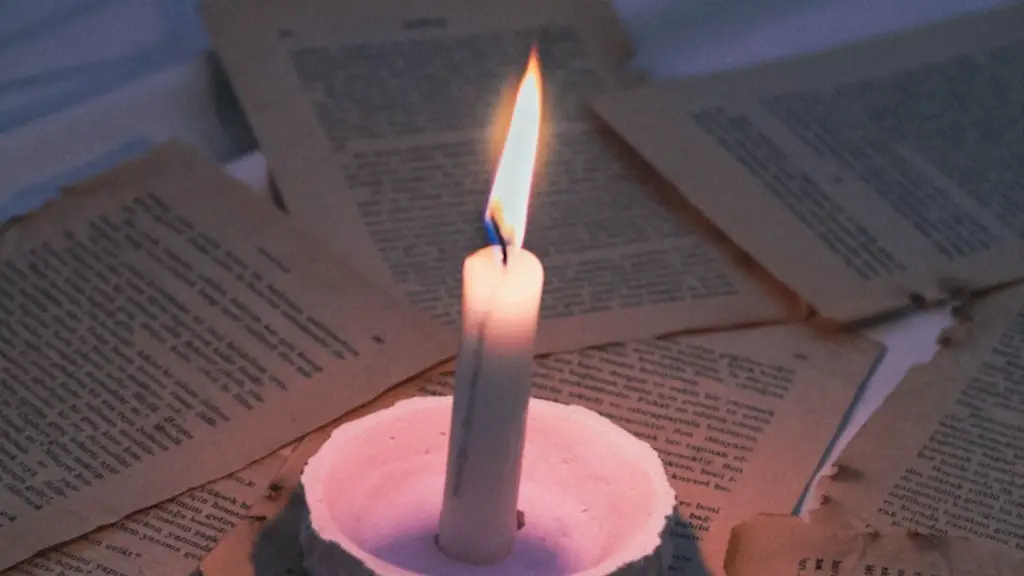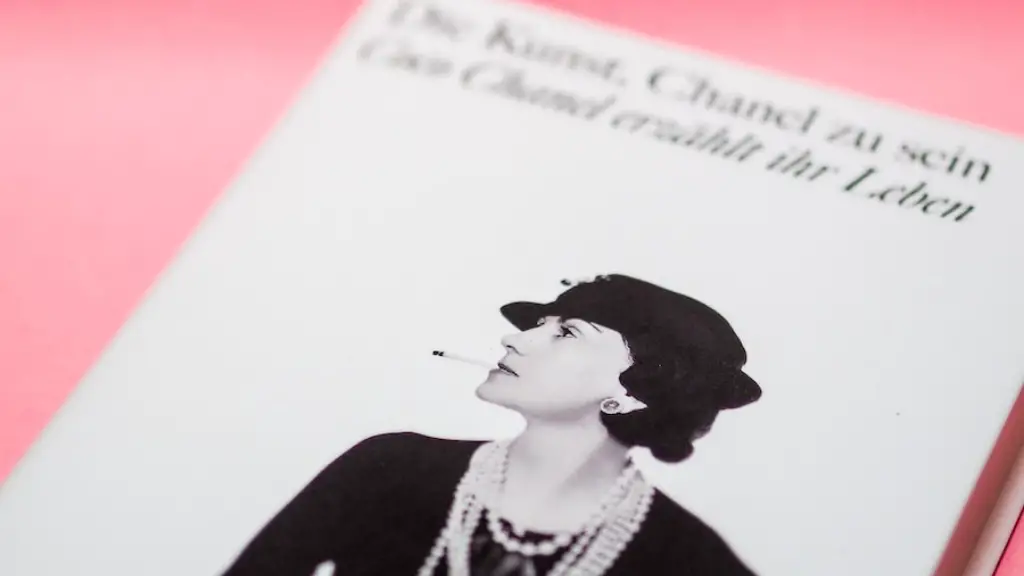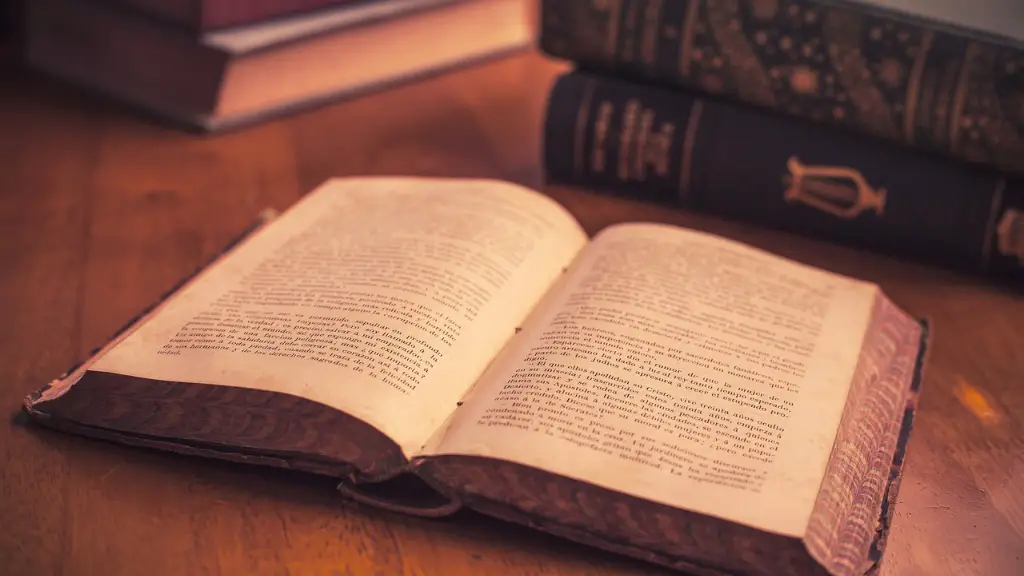Definition
Pastoral poetry is a genre of poetry that deals with life in the countryside, often with a focus on rustic life and the beauty of nature. It uses images of nature, such as trees, mountains, animals, and the like, to create a peaceful and idyllic atmosphere. It may also contain characters such as shepherds, milkmaids, and other rural folk. It is usually written in a lyrical, pastoral style. The term “pastoral” derives from the Latin for “shepherd” and has come to be used as a wider symbol for rural life. Pastoral poetry is often associated with images of rustic beauty, idealized landscapes, and rural customs.
Modern Forms
Though pastoral poetry is often associated with the traditional countryside, it has also developed into more modern forms. Migratory pastoral poetry, for example, focuses on the movement of rural populations and their encounters with the industrial city. Eco-pastoral poetry looks at the negative effects of human interaction with nature and examines the tension between nature and culture. This form also looks to reconnect people with nature. Urban pastoral poetry, as the name suggests, portrays the life of a city and its inhabitants. This can involve both positive and negative aspects of the urban experience.
Purpose
Pastoral poetry has been popular throughout history as a way to express emotions, to escape from reality, and to create an idealized representation of the natural world. Some pastoral poems are also highly spiritual, focusing on a connection to the divine through nature. The genre often expresses longing for a simpler, happier life, or to be reunited with a lost loved one. It also expresses our relationship with the environment, often exploring themes of sadness or joy in life in the countryside.
Style
Pastoral poetry is usually written in a lyrical style, often with a focus on imagery. The poet often uses vivid descriptions of nature and its inhabitants in an attempt to create an idealized version of the world. The poet often paints a picture of a perfect, peaceful life in the countryside. The language used is often imaginative and emotive. Pastoral poets often use personification to portray certain aspects of nature and the countryside; this often adds a whimsical, romantic tone to the poem.
Notable Examples
Some of the most notable examples of pastoral poetry include Virgil’s “Eclogues,” John Milton’s “L’Allegro and Il Penseroso,” and William Wordsworth’s “The Solitary Reaper.” Each of these examples of pastoral poetry are highly revered in the literary world and continue to influence modern poets today. Through each of these works, the poets were able to create an idyllic world that encapsulated their own emotions and longings in life.
Historical Context
The genre of pastoral poetry has evolved through the centuries, beginning with the Ancient Greek poets. The genre was especially popular during the Renaissance, with poets such as Spenser, Milton, and Wordsworth writing examples of the genre. This era saw a revival of greener, more pastoral settings in literature as poets tried to recreate a happier and simpler life through their work. In the 18th and 19th centuries, the genre of pastoral poetry continued to be popular, with poets romanticizing rural life and nature.
As time progressed, literary tastes began to change. By the 20th century, pastoral poetry was no longer seen as a fashionable genre. It was seen as a relic of the past, and was not adapted for modern readers. In the late 20th and early 21st centuries, however, the genre began to be embraced once again as people started to develop a more environmentalist view of the world. This gave modern poets a chance to create more modern versions of pastoral poetry.
Modern Applications
Pastoral poetry is still an incredibly popular genre today. Some modern poets have embraced the traditional, idealistic themes and imagery in order to create an idyllic version of the world. Others have used a more modern take, examining the effects of human interaction with nature in a more critical light. While it is still often used to create an idealized countryside, pastoral poetry can also be used to explore more contemporary themes.
The use of pastoral poetry has become popular in film, television, and literature. Many films focus on rural life and feature pastoral scenes that evoke emotion from the audience. Television shows often feature pastoral settings, often as a way to create a peaceful atmosphere. In literature, pastoral poetry has been embraced by many authors, often for its evocative nature and its ability to capture the essence of the rural world.
Key Themes
Key themes in pastoral poetry are often nostalgia, escapism, and the longing for a simpler life. This can include a desire for adventure and exploration, for peace and harmony. It also includes an appreciation of the beauty of nature, a reverence for the rural lifestyle and a longing for a happier, simpler life. These themes are often explored through vivid imagery and emotive language.
Pastoral poetry often paints a picture of an idealized version of nature, often portraying a world in which humans and nature are in harmony. This often creates a sense of peacefulness and tranquility. Through the use of vivid imagery, the poet is able to transport the reader to a romanticized rural world.
Conclusion
Pastoral poetry has been a popular genre for hundreds of years and remains popular today. This genre allows for an escape from the modern world, creating an idyllic version of the countryside. It also looks to explore deeper themes, such as our relationship with nature and the longing for a simpler life. Through vivid imagery and emotive language, pastoral poetry is able to create a sense of peacefulness and harmony. It is a powerful form of expression, allowing poets to explore the beauty and wonder of nature.




